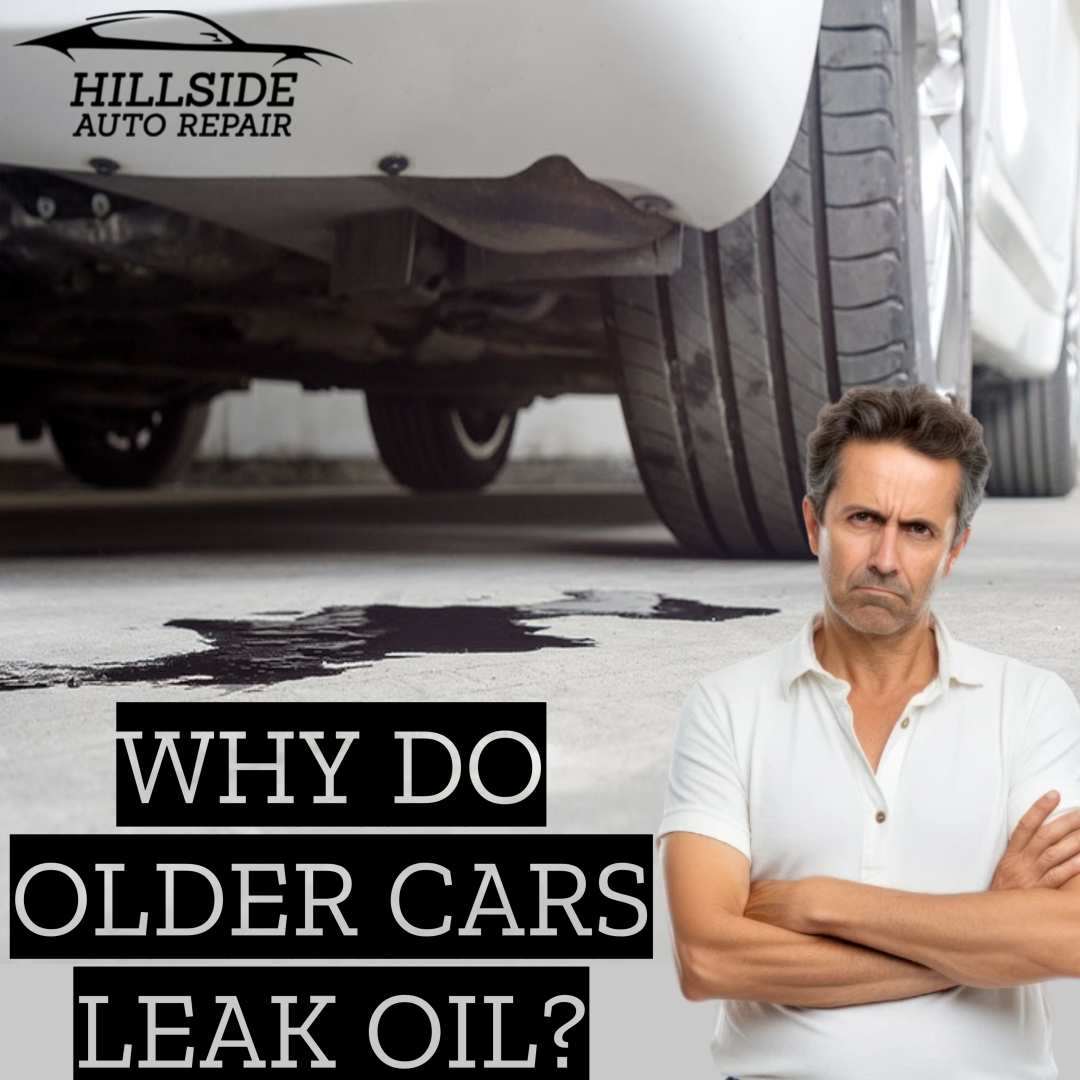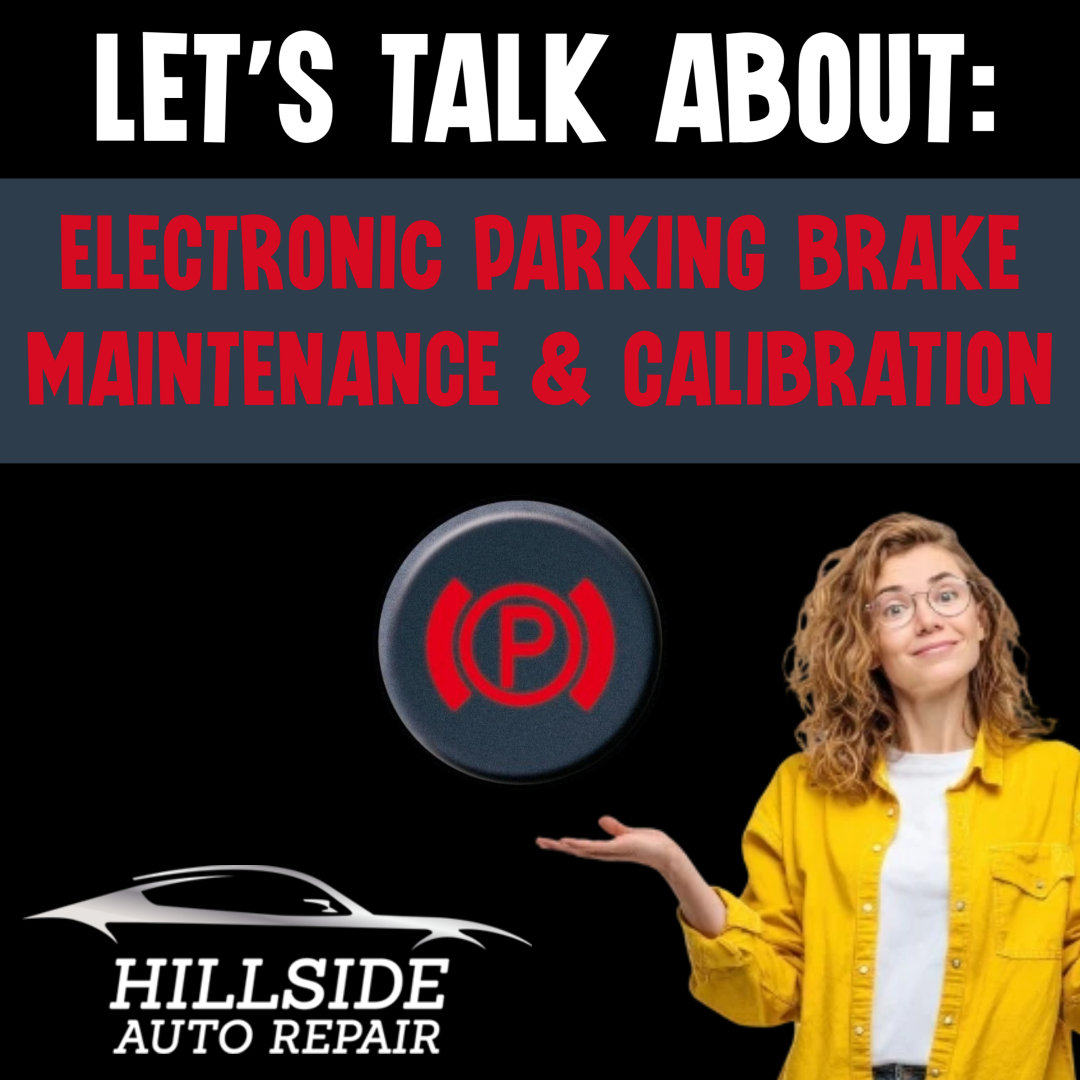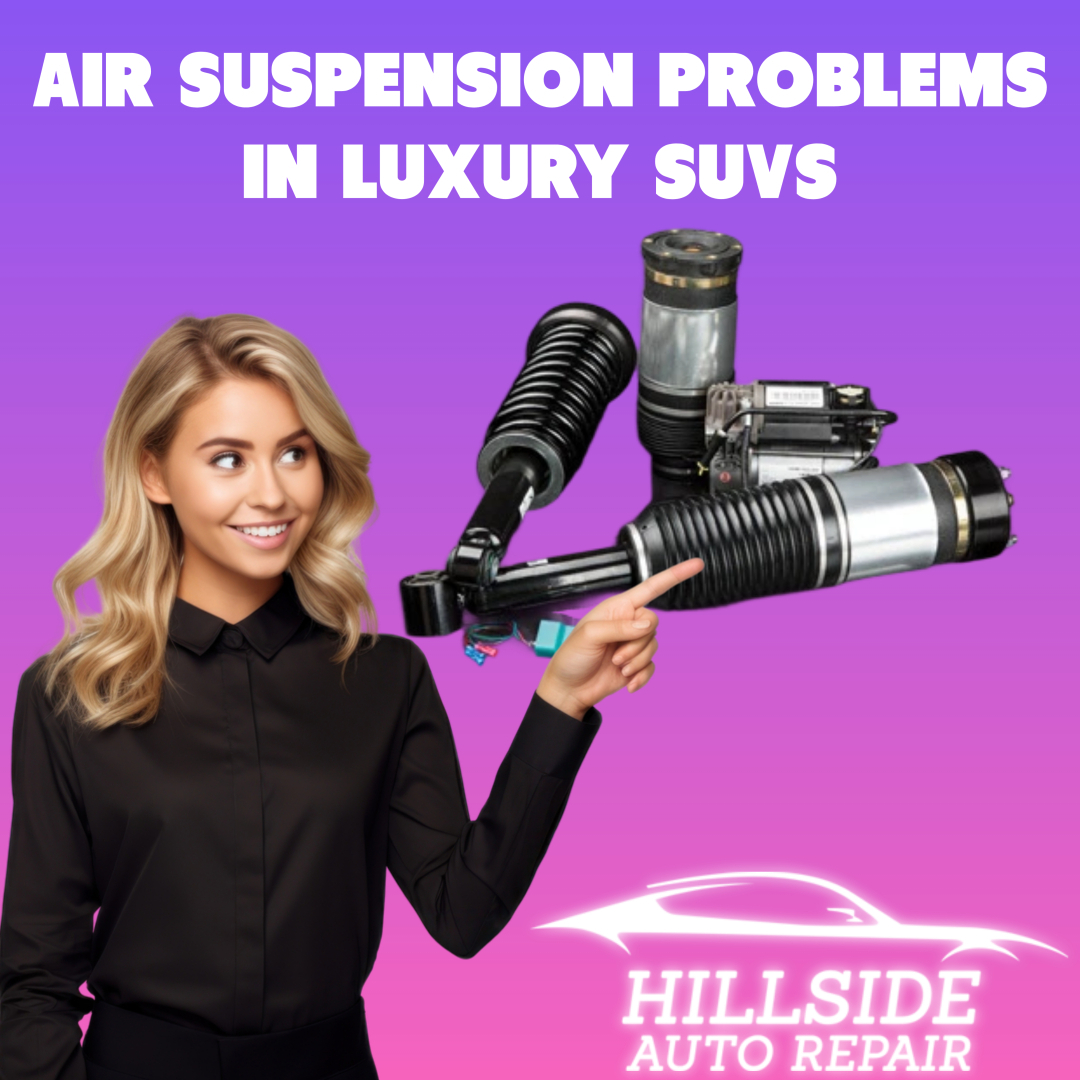Posted on 8/27/2025
That new car smell is intoxicating. That new car payment, however, can be a nightmare. In 2025, with interest rates and vehicle prices still near historic highs, the decision between repairing your trusted ride and signing up for a seven-year loan on a new one is more critical than ever. For drivers in O'Fallon, the allure of a shiny, problem-free vehicle is strong. But before you head to the dealership, it's crucial to look beyond the sticker price and understand the true cost of ownership. Often, the most financially savvy move isn't in the showroom, it's in your trusted repair shop. The Sticker Price is a Lie: The Hidden Costs of a New Car When you see a new car advertised for $40,000, that's just the starting line. The real financial drain begins the moment you drive it off the lot. The Instantaneous Plunge: Depreciation This is the single largest cost of new car ownership. A new car loses about 20% of its ... read more
Posted on 8/26/2025

The first cool breeze is rolling through O’Fallon, the leaves are starting to turn, and that means one thing for car enthusiasts and fair-weather drivers alike: it’s almost time to put the summer ride away. Whether it’s a classic convertible, a weekend sports car, or a motorcycle, simply parking it in the garage and throwing a cover over it is a recipe for springtime heartbreak. A vehicle is a significant investment, and proper storage is the key to protecting it. At Hillside Auto Repair, we’ve seen the consequences of neglect, from seized brakes to engines that won’t crank. Let’s walk through the essential steps to ensure your pride and joy wakes up next spring in better shape than when you tucked it in. The O’Fallon Factor: Why Our Climate Demands Attention Missouri winters aren't just about snow; they're about humidity, temperature swings, and moisture. These elements are the arch-nemeses of a stored vehicle ... read more
Posted on 8/25/2025

If you’ve ever parked your car in your driveway only to spot a faint blue haze trailing from the exhaust or found yourself constantly topping off the oil between changes, you’ve experienced the mystery of oil consumption firsthand. It’s a common frustration: why do some cars, like certain Hondas or Toyotas, seem to run for 200,000 miles without needing a drop between changes, while others, like some European performance brands, seem to treat oil like a consumable fluid? The answer isn't simple negligence. Often, the root cause is buried deep within the engine's design and something known as manufacturer tolerances. The Tightrope Walk: Engineering Tolerances Explained Think of engine manufacturing as a high-precision ballet. Pistons slide up and down inside cylinders thousands of times a minute. To prevent them from welding themselves to the cylinder walls, they rely on a thin film of oil and a set of rings that scrape most of it back do ... read more
Posted on 8/20/2025

What O’Fallon Drivers Need to Know Gone are the days of yanking a manual handbrake—today’s cars feature sleek, high-tech Electric Parking Brakes (EPB). While these systems offer convenience, they also require proper maintenance and occasional calibration to keep them functioning safely. If you're driving around O’Fallon, MO, with an EPB, here’s what you need to know to avoid unexpected issues. How Does an Electric Parking Brake Work? Unlike traditional handbrakes that use a cable, EPBs rely on small electric motors at the rear wheels. A button or switch activates them, and they often engage automatically when you turn off the car. Some even have auto-release when you drive off. Fancy, right? But with great tech comes great responsibility—EPBs need proper care to avoid malfunctions. Common EPB Issues & Warning Signs Since EPBs are electronically controlled, the ... read more
Posted on 8/19/2025

If you own a luxury SUV in O’Fallon—whether it’s a Mercedes, BMW, Audi, or Range Rover—chances are you’ve either dealt with air suspension issues or will at some point. When that dreaded warning light pops up, you’re faced with a critical decision: Should you repair the air suspension or delete it entirely? The Air Suspension Dilemma: Repair vs. DeleteOption 1: Repairing the Air Suspension Repairing means fixing the faulty components—whether it’s a leaking airbag, a failing compressor, or a damaged valve block. At Hillside Auto Repair, we use OEM-quality parts and dealer-level tools to ensure your ride stays smooth and luxurious. Why Repair? ✔ Preserves ride quality – Your SUV was designed for comfort; deleting ruins that. ✔ Maintains resale value – Buyers prefer factory systems over cheap conversions. ✔ Long-term cost-effective – A f ... read more